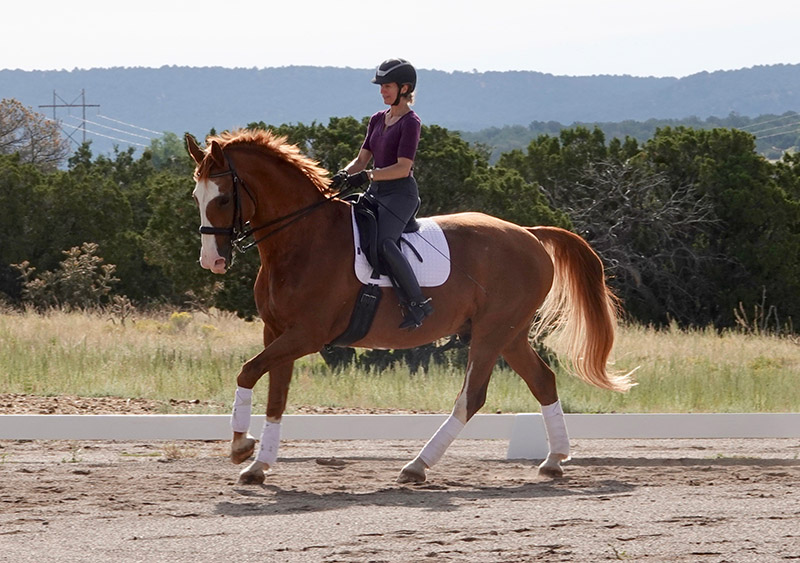In the world of equine care, using feed charts for horses is an essential practice that ensures your beloved companions receive the nutrition they need to thrive. These charts are valuable tools, guiding horse owners to provide the right balance of nutrients tailored to the specific needs of their animals. In this comprehensive guide, we will explore the importance of feed charts, how to interpret them, and their role in maintaining a healthy, happy horse.

Understanding Feed Charts
Feed charts are structured guidelines that outline the dietary requirements for horses based on various factors such as age, weight, activity level, and health status. They help in determining the appropriate type and amount of feed necessary to meet a horse’s nutritional needs. By using feed charts for horses, owners can prevent overfeeding or underfeeding, which can lead to a range of health issues.
The Importance of Balanced Diets
A balanced diet is crucial for the overall well-being of horses. Providing the right nutrients can enhance energy levels, improve coat condition, and support the immune system. Feed charts help ensure that horses receive a diet that is rich in essential nutrients like proteins, carbohydrates, fats, vitamins, and minerals.
How to Read a Feed Chart
Reading a feed chart might seem daunting at first, but it becomes quite straightforward with a bit of practice. Most charts divide information into categories based on the horse’s weight, activity level, and specific dietary needs. It’s important to adjust feeding plans according to these parameters to maintain optimal health.
Factors Influencing Dietary Needs
Several factors influence a horse’s dietary needs, making feed charts invaluable for tailoring nutrition plans. These factors include:
Age and Growth Stage
Young horses have different nutritional requirements than mature ones. Growth stages demand more protein and energy to support development, while older horses might need adjusted diets to manage weight and health issues.
Activity Level
The amount of physical activity a horse engages in affects its energy needs. Horses involved in competitive sports or regular work require higher energy intake compared to those with a more sedentary lifestyle.
Health Conditions
Horses with specific health conditions, such as metabolic disorders, may need customized diets. Consulting a veterinarian and utilizing specialized feed charts can help manage these conditions effectively. For more insights on feeding horses with specific health issues, you can read the article on feeding horses with metabolic issues.
Creating an Effective Feeding Plan
An effective feeding plan begins with understanding and interpreting feed charts. Here are some steps to consider:
Consult with a Veterinarian
A veterinarian can provide valuable insights into a horse’s specific nutritional needs. They can help interpret feed charts and adjust feeding plans to cater to individual health requirements.
Selecting the Right Feed
Choosing the right feed is crucial. There are numerous feed options available, each designed to meet different dietary needs. For a comprehensive list of recommended brands, you can explore the top horse feed brands.
Monitoring and Adjusting the Diet
Regularly monitor your horse’s weight, coat condition, and overall health. Adjust the diet as needed based on changes in activity level, age, and health status to ensure continued well-being.
Common Mistakes to Avoid
When using feed charts for horses, it’s essential to avoid common mistakes that can compromise your horse’s health. Some of these include:
Ignoring the Chart
Ignoring the guidelines set by feed charts can lead to nutritional imbalances. It’s crucial to adhere to the chart and adjust only when necessary, based on professional advice.
Overfeeding or Underfeeding
Both overfeeding and underfeeding can have adverse effects on a horse’s health. Overfeeding may lead to obesity, while underfeeding can result in malnutrition and energy deficiencies.
Overlooking Water Needs
Water is a vital component of a horse’s diet. Ensure that fresh, clean water is always available, and factor in the horse’s water intake when planning the diet.

FAQs about Horse Feeding
- What are the benefits of using feed charts for horses? Feed charts ensure horses receive balanced nutrition tailored to their specific needs, promoting health and preventing dietary-related issues.
- How often should I update my horses feeding plan? Regularly review and adjust the feeding plan based on changes in the horse’s age, activity level, and health status. Consult with a veterinarian for guidance.
- Can I feed my horse clover? While clover can be part of a horse’s diet, it should be given in moderation. For more information, check out this article on feeding clover.
By using feed charts for horses, you can ensure your equine friends live a healthy, happy life. These tools are indispensable for providing the right nutrition tailored to individual needs, ultimately contributing to the overall well-being of your horse. For more information on dietary deficiencies in horses, you can visit this external resource.
This article contains affiliate links. We may earn a commission at no extra cost to you.








